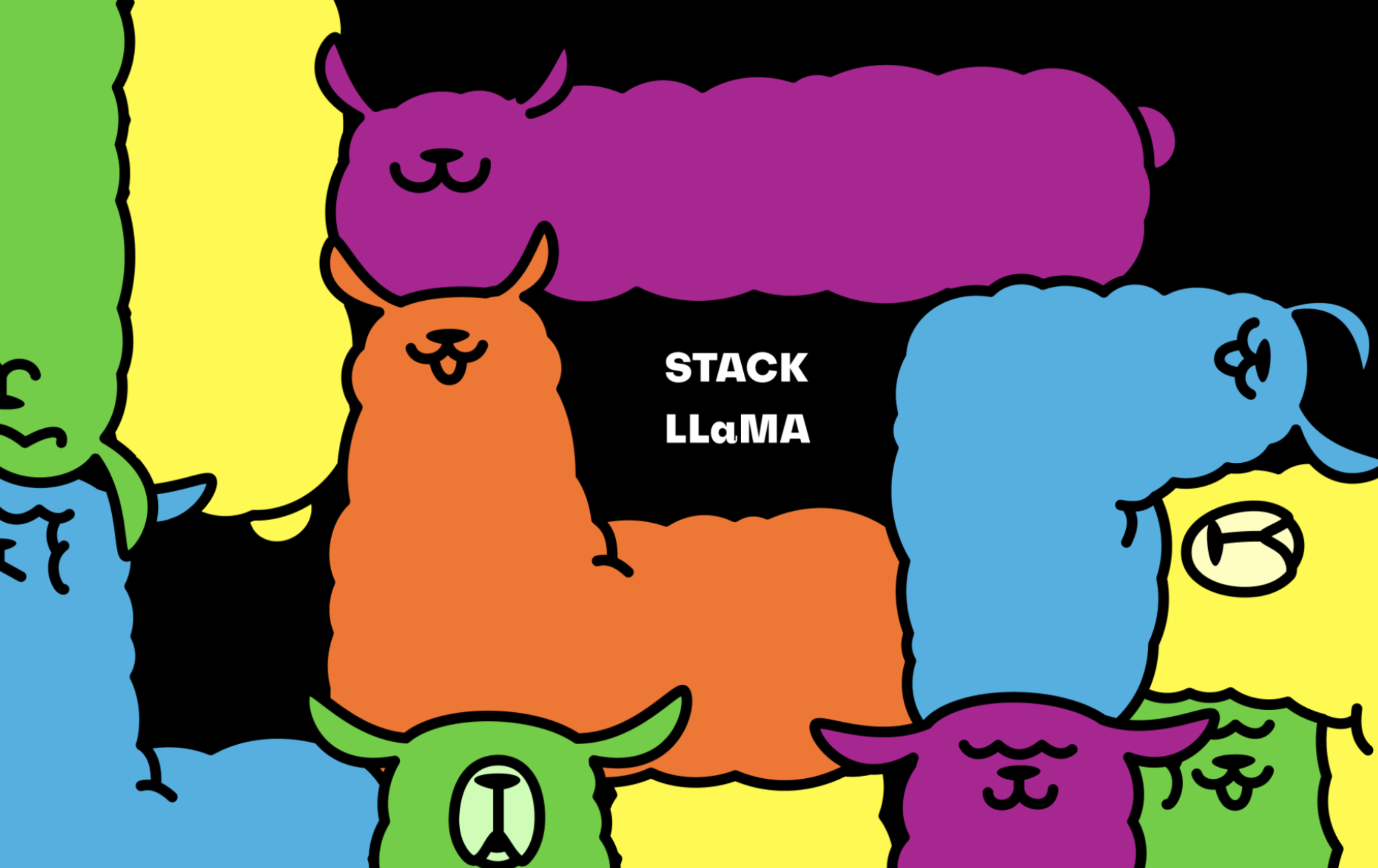Llama-se-rl-peft
Adapter weights of a Reinforcement Learning fine-tuned model based on the LLaMA model (see Meta's LLaMA release for the original LLaMA model). The model is designed to generate human-like responses to questions in Stack Exchange domains of programming, mathematics, physics, and more. For more info check out the blog post and github example.
Model Details
Model Description
Developed by: Hugging Face
Model type: An auto-regressive language model based on the transformer architecture, and fine-tuned with Stack Exchange datasets.
Languages: Predominantly English, with additional data from languages with the following ISO codes:
| bg | ca | cs | da | de | es | fr | hr | hu | it | nl | pl | pt | ro | ru | sl | sr | sv | uk |
|---|
License: bigscience-openrail-m
Finetuned from: LLaMA
Model Sources
Repository: https://huggingface.co/trl-lib/llama-7b-se-rl-peft/tree/main
Base Model Repository: https://github.com/facebookresearch/llama
Demo: https://huggingface.co/spaces/trl-lib/stack-llama
Uses
Direct Use
- Long-form question-answering on topics of programming, mathematics, and physics
- Demonstrating a Large Language Model's ability to follow target behavior of generating answers to a question that would be highly rated on Stack Exchange.
Out of Scope Use
- Replacing human expertise
Bias, Risks, and Limitations
- Inherits bias, risks, and limitations from the LLaMA model, as described in the LLaMA Model Card Bias Evaluation and Ethical Considerations.
- Retains biases present in the Stack Exchange dataset. Per the latest developer survey for Stack Overflow, which constitutes a significant part of the StackExchange data, most users who answered the survey identified themselves as White or European, men, between 25 and 34 years old, and based in the US (with a significant part of responders from India).
- May generate answers that are incorrect or misleading.
- May copy answers from the training data verbatim.
- May generate language that is hateful or promotes discrimination (example).
- May generate language that is offensive to direct or indirect users or to people or groups mentioned.
Recommendations
- Answers should be validated through the use of external sources.
- Disparities between the data contributors and the direct and indirect users of the technology should inform developers in assessing what constitutes an appropriate use case.
- Further research is needed to attribute model generations to sources in the training data, especially in cases where the model copies answers from the training data.
Training Details
Training Data
Original datasets are described in the LLaMA Model Card. Fine-tuning datasets for this model are based on Stack Exchange Paired, which consists of questions and answers from various domains in Stack Exchange, such as programming, mathematics, physics, and more. Specifically:
Traditional Fine-tuning: https://huggingface.co/datasets/lvwerra/stack-exchange-paired/tree/main/data/finetune
RL Fine-tuning: https://huggingface.co/datasets/lvwerra/stack-exchange-paired/tree/main/data/rl
Reward Model: https://huggingface.co/trl-lib/llama-7b-se-rm-peft
Training Procedure
The model was first fine-tuned on the Stack Exchange question and answer pairs and then RL fine-tuned using a Stack Exchange Reward Model. It is trained to respond to prompts with the following template:
Question: <Query>
Answer: <Response>
Citation
BibTeX:
@misc {beeching2023stackllama,
author = { Edward Beeching and
Younes Belkada and
Kashif Rasul and
Lewis Tunstall and
Leandro von Werra and
Nazneen Rajani and
Nathan Lambert
},
title = { StackLLaMa: An RL Fine-tuned LLaMa Model for Stack Exchange Question and Answering },
year = 2023,
url = { https://huggingface.co/trl-lib/llama-7b-se-rl-peft },
doi = { 10.57967/hf/0513 },
publisher = { Hugging Face Blog }
}
Model Card Authors
Nathan Lambert, Leandro von Werra, Edward Beeching, Kashif Rasul, Younes Belkada, Margaret Mitchell
- Downloads last month
- 5
